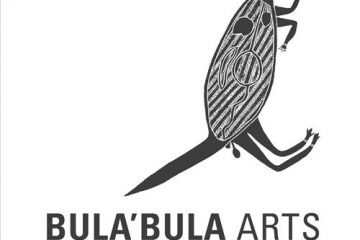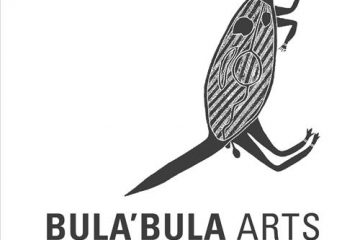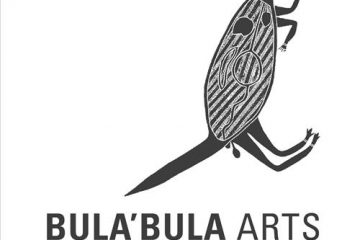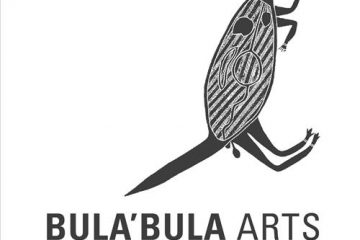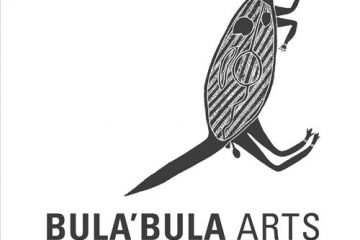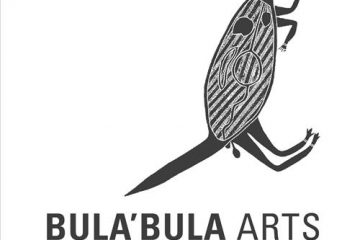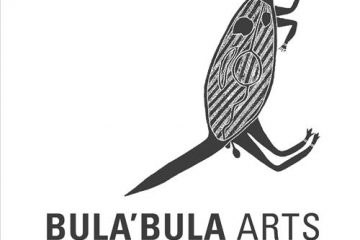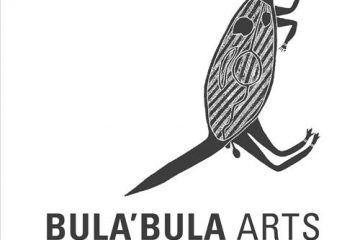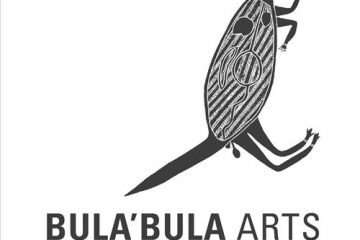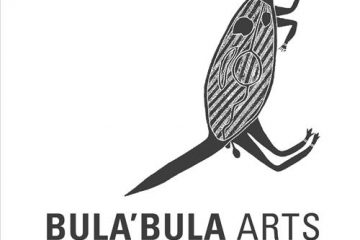Bula'bula Arts
115682290941
Ganalbingu – Banda (Long Necked Turtle) The long necked turtle is a dreaming totem for the freshwater people, the Ganalbingu, whose country includes the World Heritage listed, Arafura Wetlands in Central Arnhem Land, Northern Territory The Yolngu (people) of Arnhem Land originate from a spiritual source, fixed in a particular Read more…
